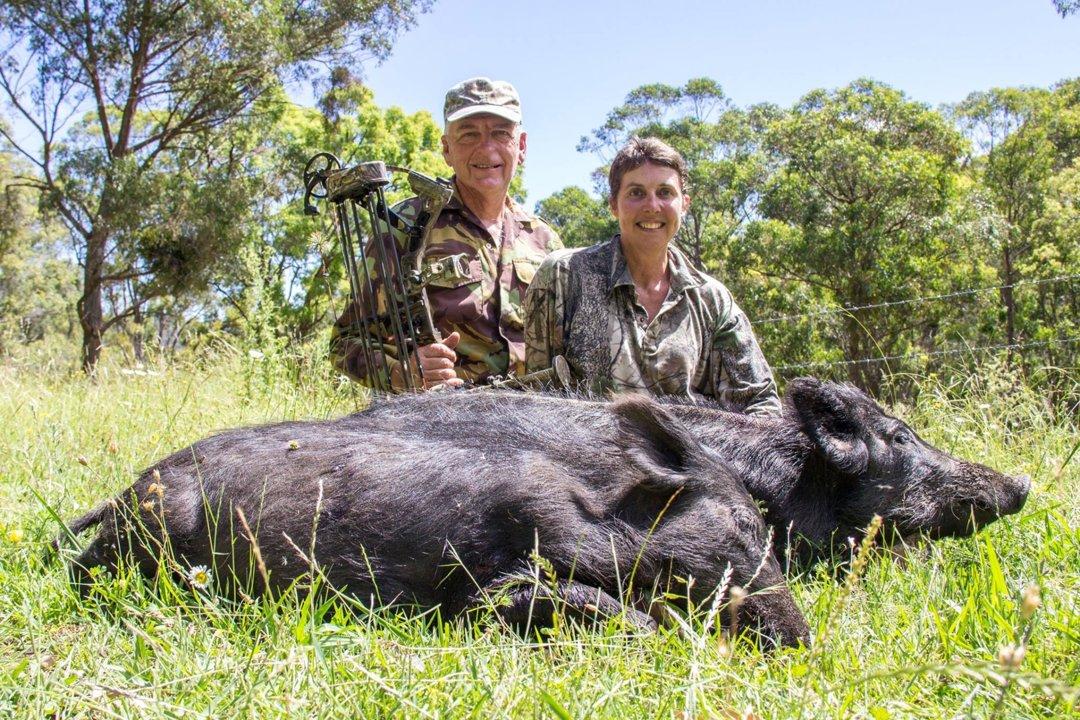
How to Make Pemmican f you’ve ever had a meat or jerky bar made of finely chopped dried meat and perhaps berries, you may be familiar with pemmican. Pemmican consists of lean, dried meat – usually beef nowadays, but bison, deer, and elk were common back in the day) which is crushed to a powder and mixed with an equal amount of hot, rendered fat, usually beef tallow. Sometimes crushed, dried berries are added as well. For long periods of time, people can subsist entirely on pemmican, drawing on the fat for energy and the protein for strength, and glucose, when needed. Vihljamur Stefansson, eminent anthropologist and arctic explorer, went on three expeditions into the Alaskan tundra during the first quarter of the 20th century. His discoveries – including the “blond” Inuit and previously uncharted Arctic lands – brought him renown on the world stage. People were fascinated by his approach to travel and exploration, the way he thrust himself fully into the native Inuit cultures he encoun
Post: 15 May 15:55
















































